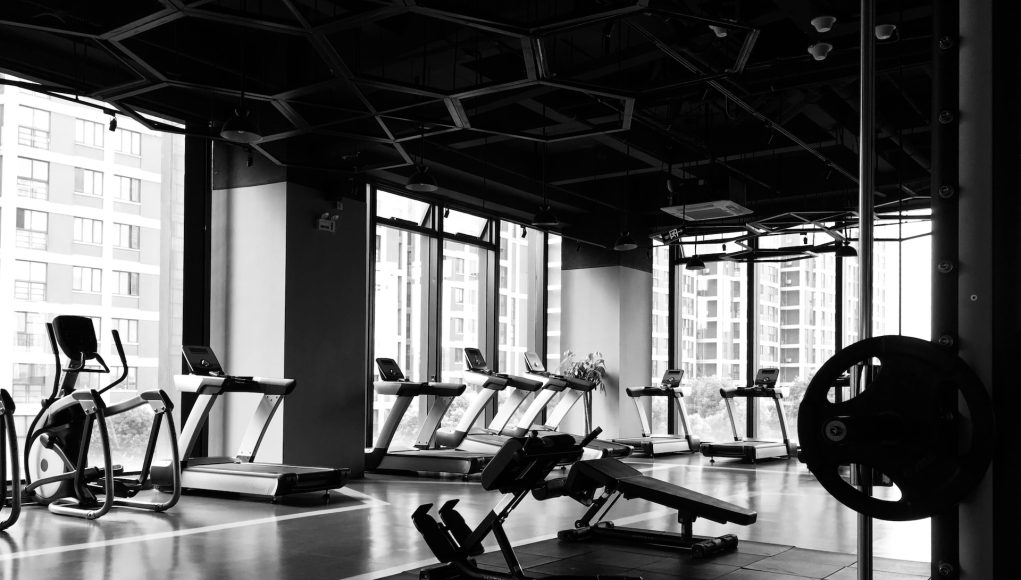Running a successful gym involves more than just providing state-of-the-art equipment and expert PTs. Ensuring the safety and well-being of your members is paramount. “Like all businesses,” notes the fitness insurance brokers at Salon Gold, “running a gym comes with certain risks. In particular, the threat of injury to customers in a gym is higher than with most other public spaces.”
According to the National Safety Council, 2021 witnessed a staggering 409,000 injuries related to exercise equipment, making it the leading cause of injuries within sports and recreation. But don’t worry — we’re here to make sure your studio doesn’t add to this statistic.
In this article, we will delve into three tried-and-true strategies for gym owners to mitigate potential hazards.
1. Regular equipment maintenance
Gym maintenance isn’t the most thrilling aspect of running a fitness centre, but it’s one of the most important. Keeping everything in good shape — no pun intended — is essential if you’re going to provide your members a safe training environment.
Regular upkeep helps prevent accidents, which is something you definitely want to do to avoid any potential liability. If a treadmill suddenly stops working or a weight machine collapses on a customer, for example, it could lead to serious, if not life-changing injuries.
So how often should you service your gym equipment? “At least once per year,” Kustom Kit Gym Equipment advises. And “if the gym has a high footfall, it may be necessary to undertake this more often.”
If you’re unsure, “regularly inspecting gym equipment for signs of wear and tear can help you identify when it’s time for servicing,” Gym Tech advises. These can include “frayed cables, worn belts, loose bolts, and squeaky or grinding sounds.” If you recognise any of these signs, it’s time to call in the pros.
2. Staff training
Your employees are the driving force behind your services and the face of your studio. Staff training plays a crucial role in preventing hazards and promoting workplace safety. You must make sure that every member of your team, including personal trainers, receptionists, and maintenance crew, is well-versed in the relevant health and safety procedures.
Below are some key areas to cover when training your gym staff in health and safety.
Emergency procedures
- Fire evacuation procedures
- First aid, CPR and AED (automated external defibrillator) training
- How to use fire extinguishers and other emergency equipment
Fitness class safety
- Proper technique and form for exercises taught in classes
- Guidelines for class size and spacing to maintain social distancing
- Managing participants with pre-existing medical conditions or injuries
Chemical safety
- Safe handling and storage of cleaning chemicals and disinfectants
- Use of personal protective equipment when working with chemicals
- Emergency procedures in case of chemical spills or exposure
Regular training allows for ongoing improvement in safety practices. As new information and best practices emerge, staff should be updated to ensure they are implementing the most up-to-date safety procedures.
3. Gym inductions
Training your staff is critical for handling accidents and emergencies effectively, but in an ideal world, you’d prevent these situations from happening in the first place.
Gym inductions play a crucial role in preventing hazards and ensuring the safety of newbie fitness fans. Member training sessions are “designed to be informal and informative,” advises PT Institute. “Participants are usually allowed to try setting up and using the equipment themselves, all under the watchful eyes of an instructor who can give advice and correct poor technique.”
A gym induction programme typically involves three key components:
- Services: This involves locating various facilities within the gym, such as changing areas, shower rooms, toilets, lockers, and water fountains.
- Health and safety: This covers medical services, including first aid locations and first aid supplies, fire exit locations and emergency procedures.
- Equipment demos: A qualified instructor provides instructions on how to use exercise equipment. Individuals receive personalised guidance and corrections on their technique. The programme typically includes warm-up, cool-down, and stretching exercises.
The goal of the induction programme is to ensure that participants become familiar with gym procedures and services and gain confidence in using the exercise equipment.
















